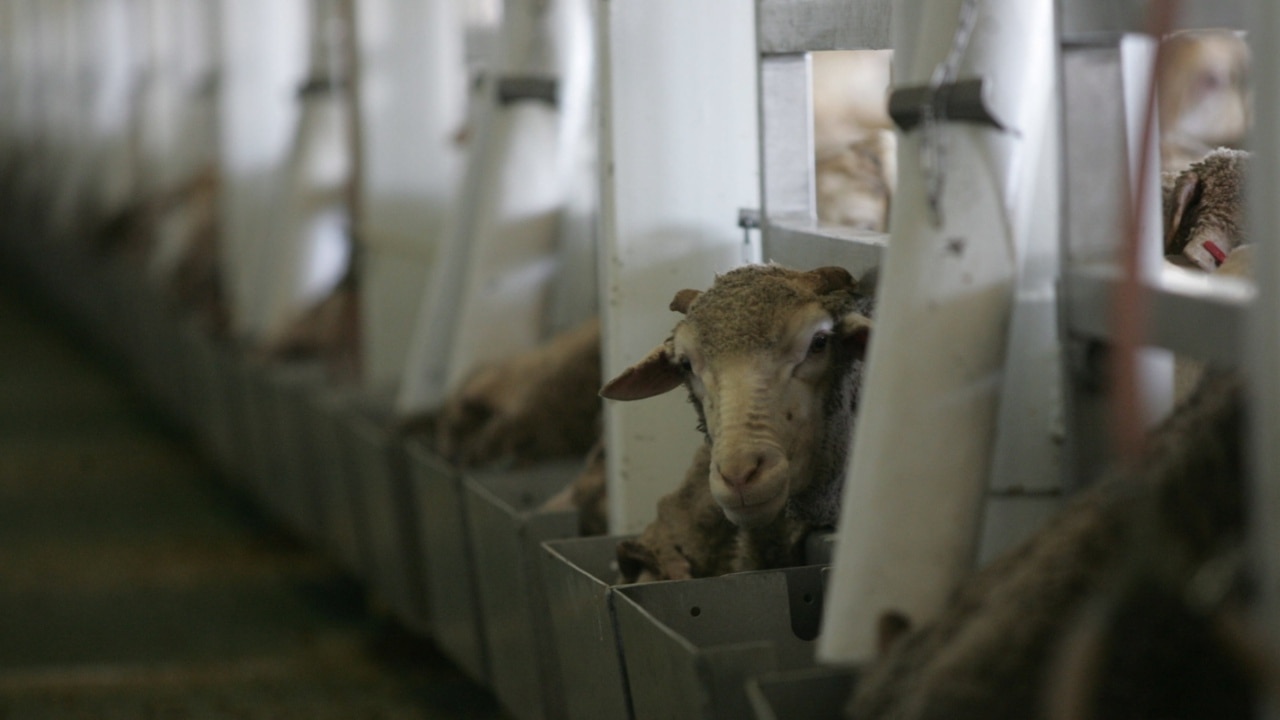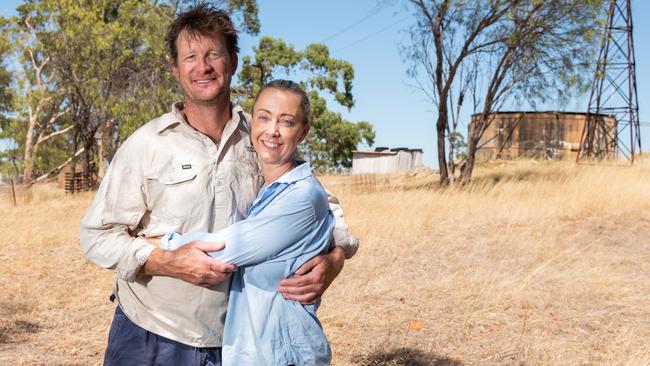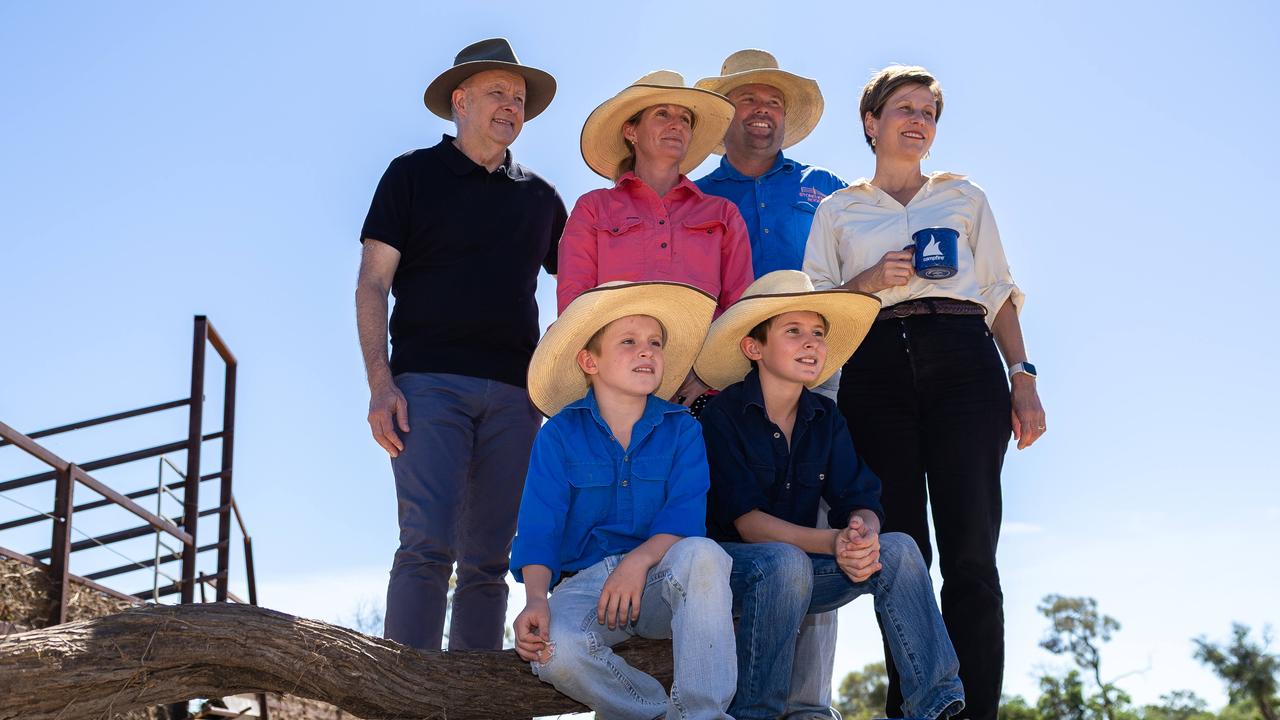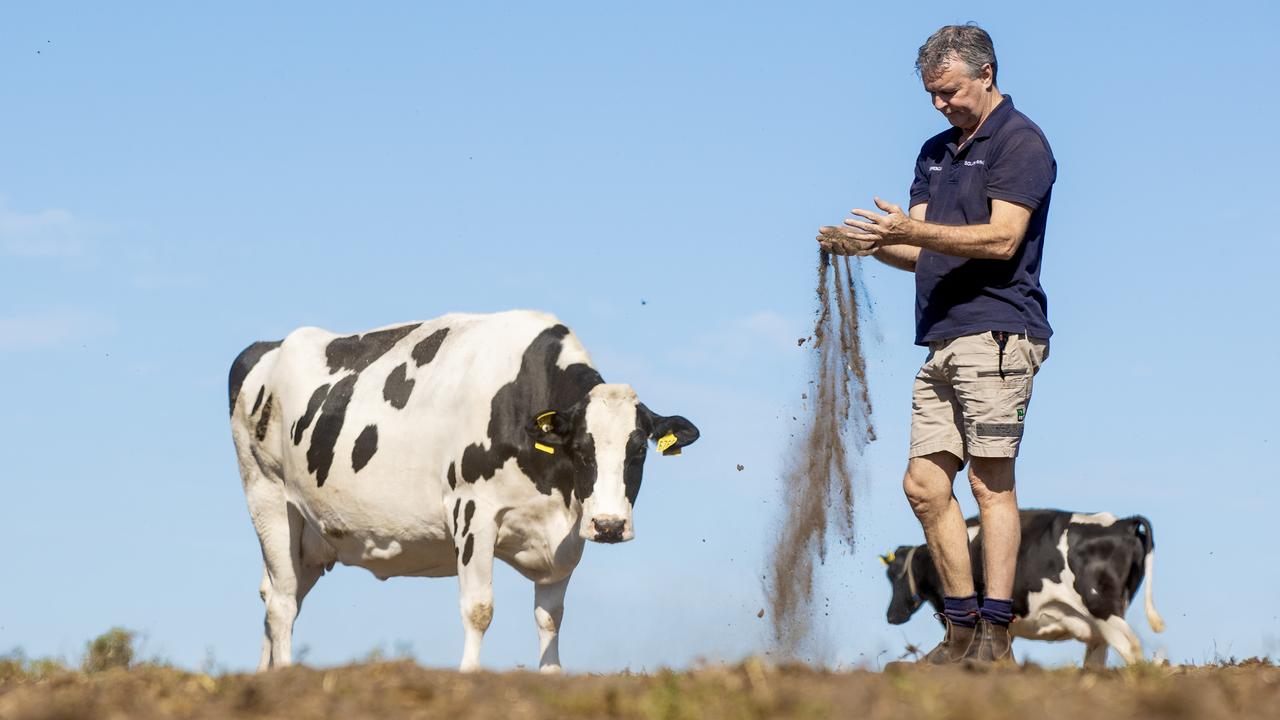Winter rain arrives for WA grain regions
Australia’s biggest grain growing state has roared back into contention following a sharp turnaround in seasonal conditions.

Australia’s biggest grain growing state has roared back in to contention with a sharp turnaround in seasonal conditions lifting farmer spirits ahead of the crucial spring finishing period for crops.
An analysis of Bureau of Meteorology rainfall figures by The Weekly Times shows above-average winter rain across many parts of Western Australia, following a prolonged dry spell during last spring, summer and autumn.
According to the figures, the best rain was around Geraldton and Morowa, in the state’s agriculture-rich Mid West region, as well as Wongan Hills, Merredin and Cunderdin in the Wheatbelt.
Geraldton picked up 305mm of rain during June and July, with Morowa measuring 234mm, Wongan Hills 136mm, Merredin 128mm and Cunderdin 117mm.
Elsewhere in the state, Busselton recorded 331mm for the two months, ahead of Albany (202mm), Carnarvon (166mm), Narrogin (136mm), Esperance (129mm), Kalgoorlie (125mm) and Katanning (111mm).
Prior to the start of May, Busselton had recorded 0.8mm of rain for the year and Geraldton just 20mm. According to the BOM, June and July are traditionally Geraldton’s wettest months with a combined average total of 198mm.
Kristin Lefroy of Cranmore Merinos at Bindi-Bindi, about 50km northwest of Wongan Hills, said they’d received about 110mm of rain in July
“Our break was probably three weeks late. May rainfall was a long way below average, June was a little bit below, and then July has really brought it home for us so far,” he said.

While the medium-long range forecast looks “promising”, Mr Lefroy said they were starting from a long way back.
“It was very dry until May. It was one of the longer sheep feeding sessions we’ve ever had to do, we had no feed left at all,” he said.
“We couldn’t get rid of the sheep as we usually would because of the lack of confidence following the live sheep export ban and low prices.
“We had a little bit of rain in February and March which was inconsequential in the end … but since it’s started raining it’s been good.”
According to the federal government’s latest crop report, issued in early June, winter crop production in Western Australia is forecast to rise 7 per cent in 2024-25 to 15.9 million tonnes from a smaller planted area of 8.5 million hectares. It noted that “following drier and hotter than average conditions during autumn, soil moisture levels across most cropping regions in Western Australia have been below to very much below average during the winter crop planting window”.
The crop report forecast the NSW winter crop at 15 million tonnes, ahead of Victoria (9.2 million tonnes), South Australia (8.3 million tonnes), Queensland (2.9 million tonnes) and Tasmania (100,000 tonnes).
Meanwhile, an analysis of rainfall figures from across Australia show the driest regions, compared to the long-term average, continue to be in South Australia’s South East region and the Western District of Victoria.
Among those centres hardest hit are Kingston SE in South Australia, which has received just 136mm, to be tracking at just 23 per cent of its long-term calendar year of average of 583mm, followed by Coonawarra (161mm or 29 per cent), Clare (159mm or 29 per cent) and Lameroo (96mm or 31 per cent).
In Victoria, Casterton has recorded 212mm and Portland 285mm for the year, following respective July totals of 93mm and 94mm respectively.




